Introduction
Dumplings, a beloved culinary delight enjoyed across cultures, require precision and care to prepare and store correctly. One of the most frustrating challenges home cooks face is preventing wrapped dumplings from sticking together, whether stored in the refrigerator for short-term use or frozen for future meals. Sticky dumplings not only ruin the presentation but also compromise texture and flavor, turning a potential masterpiece into a disappointing clump. This article delves into the science behind sticking, explores tried-and-tested storage methods, and equips you with actionable tips to ensure your dumplings remain perfectly separated and ready to cook. From dusting techniques to freezing strategies, we’ll cover everything you need to know to elevate your dumpling game.
Understanding the Enemy: Why Do Dumplings Stick?
Before diving into solutions, it’s crucial to grasp why dumplings adhere to one another. The primary culprits are moisture and direct contact. Dumpling wrappers, typically made from flour, water, and sometimes salt or eggs, contain starch molecules that absorb moisture. When excess moisture is present—whether from humid air, sticky fillings, or inadequate drying—the starches hydrate and become tacky, creating a glue-like bond between layers. Additionally, direct contact between wrappers accelerates this process, as friction and pressure force the molecules to interlock. Understanding this chemistry helps in choosing the right prevention tactics.
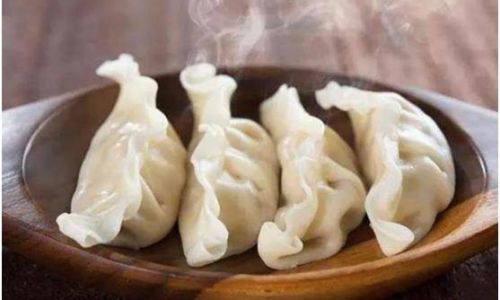
Preparation is Key: Dusting and Coating Techniques
The first line of defense against sticking begins before you even store the dumplings. Proper dusting creates a physical barrier between wrappers, minimizing direct contact and absorbing excess moisture.
- Flour Power: Traditional all-purpose flour is a go-to dusting agent. Lightly sprinkle a thin, even layer on your work surface, hands, and the dumpling wrappers themselves. Avoid over-flouring, as excess can lead to a gummy texture when cooked. For a crispier finish, consider rice flour or cornstarch, which absorb moisture more effectively and leave a lighter residue.
- Semolina Substitute: Coarse semolina, often used in pasta-making, adds a gritty texture that prevents sticking without altering flavor. It’s ideal for dumplings intended for boiling or pan-frying.
- Starch Solutions: Potato or tapioca starch, when mixed with water into a slurry, can be brushed onto wrappers. This creates a transparent, non-stick shield that dries quickly. However, this method requires precision to avoid sogginess.
Strategic Arrangement: Laying Out Dumplings Like a Pro
How you place dumplings on trays or plates before storage significantly impacts their tendency to stick. Follow these rules:
- Single-Layer Storage: Never stack dumplings directly on top of each other. Instead, arrange them in a single layer on a baking sheet lined with parchment paper. Parchment paper’s non-stick surface and moisture-wicking properties make it superior to wax paper or aluminum foil.
- Spacing Matters: Leave at least ½ inch (1.27 cm) between each dumpling. This allows air to circulate, reducing humidity and preventing the wrappers from fusing.
- Cooling Racks: For short-term refrigeration, place dumplings on a wire cooling rack set over a tray. Elevation promotes airflow, ensuring both sides dry evenly.
Freezing 101: The Flash-Freeze Technique
Freezing is the ultimate long-term storage solution, but improper methods can turn dumplings into a solid block. Enter the flash-freeze technique:
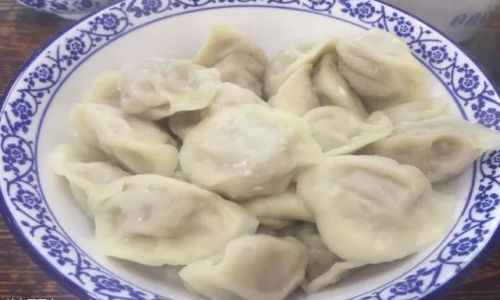
- Initial Freeze: After arranging dumplings on a parchment-lined baking sheet, place the tray in the freezer for 1–2 hours. This “flash-freezes” the dumplings individually, preventing ice crystals from forming large, adhesive bonds.
- Transfer to Containers: Once frozen solid, gather the dumplings into airtight freezer bags or containers. Label them with the date and contents.
- Avoid Overcrowding: Fill containers only three-quarters full to allow expansion during freezing. Use silicone bags or reusable containers to minimize plastic waste.
Refrigeration Hacks: Keeping It Fresh for a Few Days
If you plan to cook dumplings within 48 hours, refrigeration suffices. However, humidity is your enemy here:
- Paper Towel Method: Line an airtight container with a paper towel. Place dumplings in a single layer, top with another towel, and seal. The towels absorb excess moisture without drying out the wrappers.
- Ventilation: If using plastic wrap, avoid tight seals. Instead, drape the wrap loosely over the container to allow slight airflow.
- Daily Check-Ins: Refrigerated dumplings dry out faster than frozen ones. Check daily for signs of stickiness and re-dust if necessary.
Cooking Without Crisis: Boiling, Steaming, and Pan-Frying Tips
Even perfectly stored dumplings can stick during cooking if not handled correctly. Adapt your technique based on the method:
- Boiling: Use a large pot with rapidly boiling water. Add dumplings gently to prevent splashing, and stir occasionally with a slotted spoon to dislodge any that touch the pot’s bottom.
- Steaming: Line your steamer basket with cabbage leaves or cheesecloth instead of parchment. The natural fibers prevent sticking without altering flavor.
- Pan-Frying: Heat oil to medium-high before adding dumplings. Once they sizzle, reduce heat and add ¼ cup of water. Cover immediately—the steam lifts dumplings from the pan, ensuring a golden, non-stick crust.
Common Pitfalls: Mistakes to Avoid
Even seasoned cooks stumble into these traps:
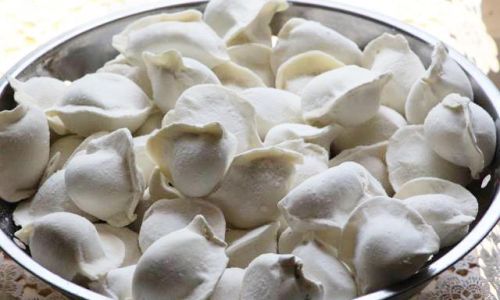
- Over-Handling: Frequent touching transfers oils from your skin to the wrappers, increasing stickiness. Use a light touch and minimal movement.
- Thawing Errors: Never thaw frozen dumplings at room temperature. This creates condensation, which rehydrates the wrappers and reignites sticking. Thaw in the refrigerator overnight or cook directly from frozen.
- Ignoring Fillings: Wet fillings (e.g., soupy pork or uncooked vegetables) leach moisture into wrappers. Pre-cook vegetables and drain meats thoroughly before wrapping.
Creative Solutions: Beyond the Basics
For those who love experimenting, try these unconventional hacks:
- Silicone Mats: Replace parchment paper with silicone baking mats. They’re reusable, non-stick, and withstand extreme temperatures.
- Freezer-Safe Dividers: Use muffin tins or ice cube trays as molds. Place one dumpling in each compartment, freeze, then pop them out into bags.
- Edible Barriers: Brush wrappers with a beaten egg white or diluted honey before wrapping. These coatings harden when dried, creating a protective shell.
The Science of Starch Retrogradation
Delve deeper, and you’ll encounter starch retrogradation—the process where cooked starch molecules realign into a crystalline structure upon cooling. While this phenomenon is key to achieving firm, non-sticky dumplings, it’s a delicate balance. Over-retrogradation (e.g., storing dumplings too long) leads to toughness, while under-retrogradation (e.g., insufficient drying) causes stickiness. Flash-freezing interrupts this process temporarily, preserving texture until cooking reignites the starches.
Troubleshooting Guide: Stuck Dumplings? Here’s What to Do
Despite your best efforts, accidents happen. If dumplings clump:
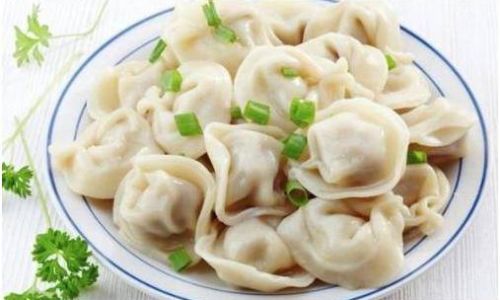
- Gentle Thawing: Run cold water over the bag’s exterior to loosen bonds without fully thawing.
- Steam Rescue: Steam clumped dumplings for 2–3 minutes. The heat softens the wrappers, allowing gentle separation with a spatula.
- Soup Strategy: Turn stuck dumplings into a hearty soup. Simmer in broth until tender, and the clumps will disintegrate into tender, flavorful pockets.
Conclusion: Elevate Your Dumpling Game
Storing dumplings without sticking is an art that blends science, patience, and practice. By mastering dusting techniques, strategic arrangement, and freezing protocols, you’ll preserve both the integrity of your creations and the joy of sharing them. Whether you’re a novice cook or a seasoned chef, these tips empower you to craft dumplings that impress in flavor, texture, and presentation. So the next time you wrap a batch, do so with confidence—knowing that storage success is just a flour dust and freezer space away.
Final Tip: Experiment with different flours, storage containers, and cooking methods to discover what works best for your kitchen. After all, the best recipes are those tailored to your unique rhythm and tastes. Happy cooking!
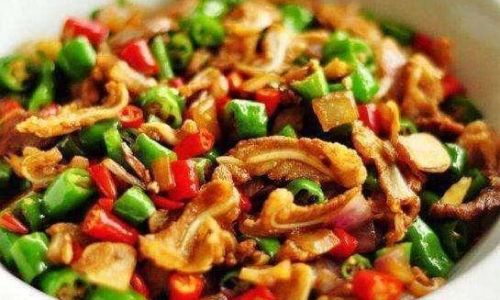
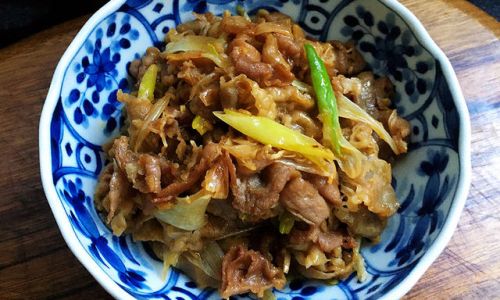
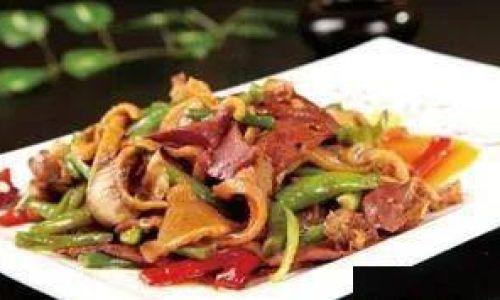
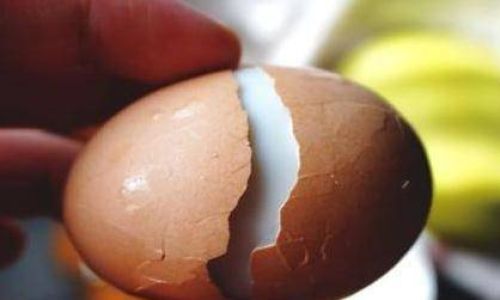
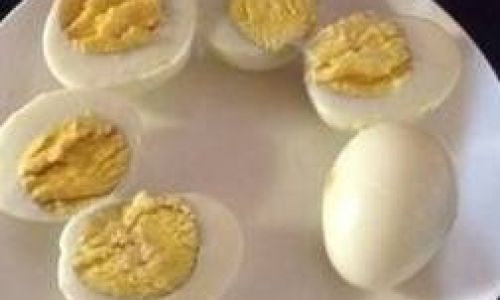
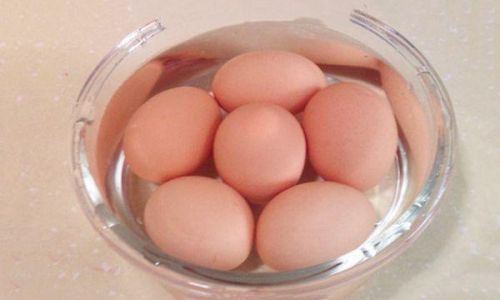
0 comments